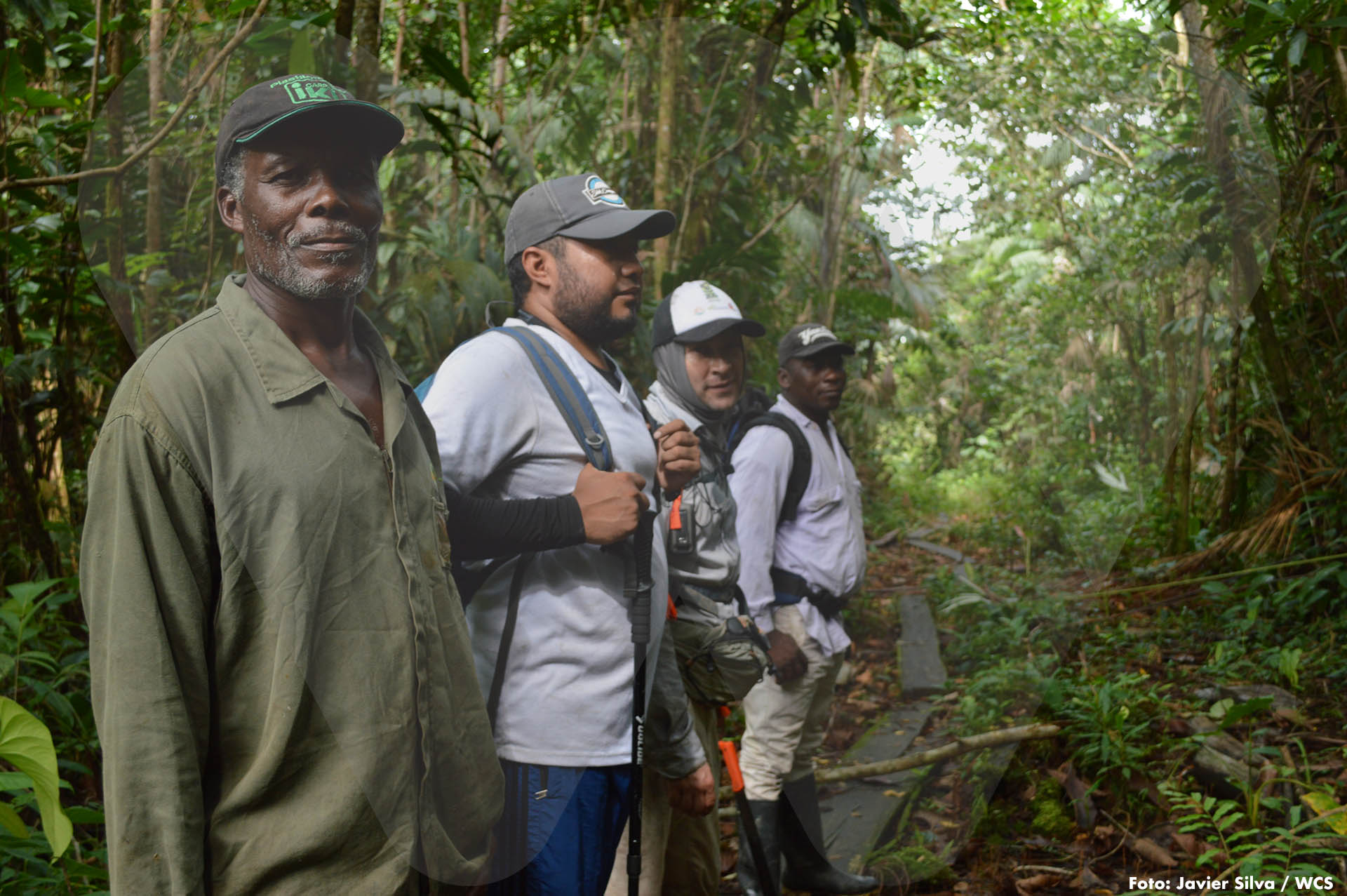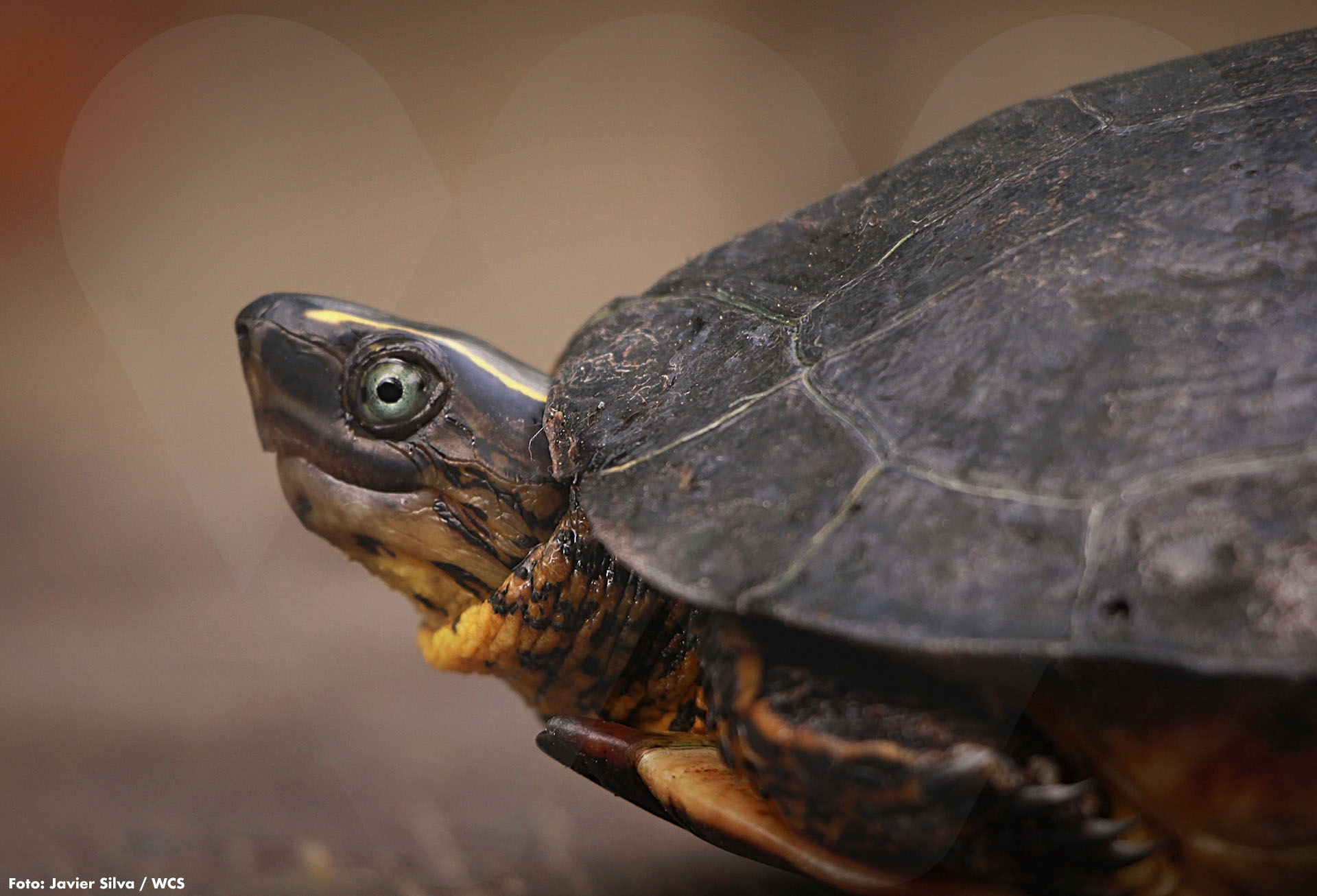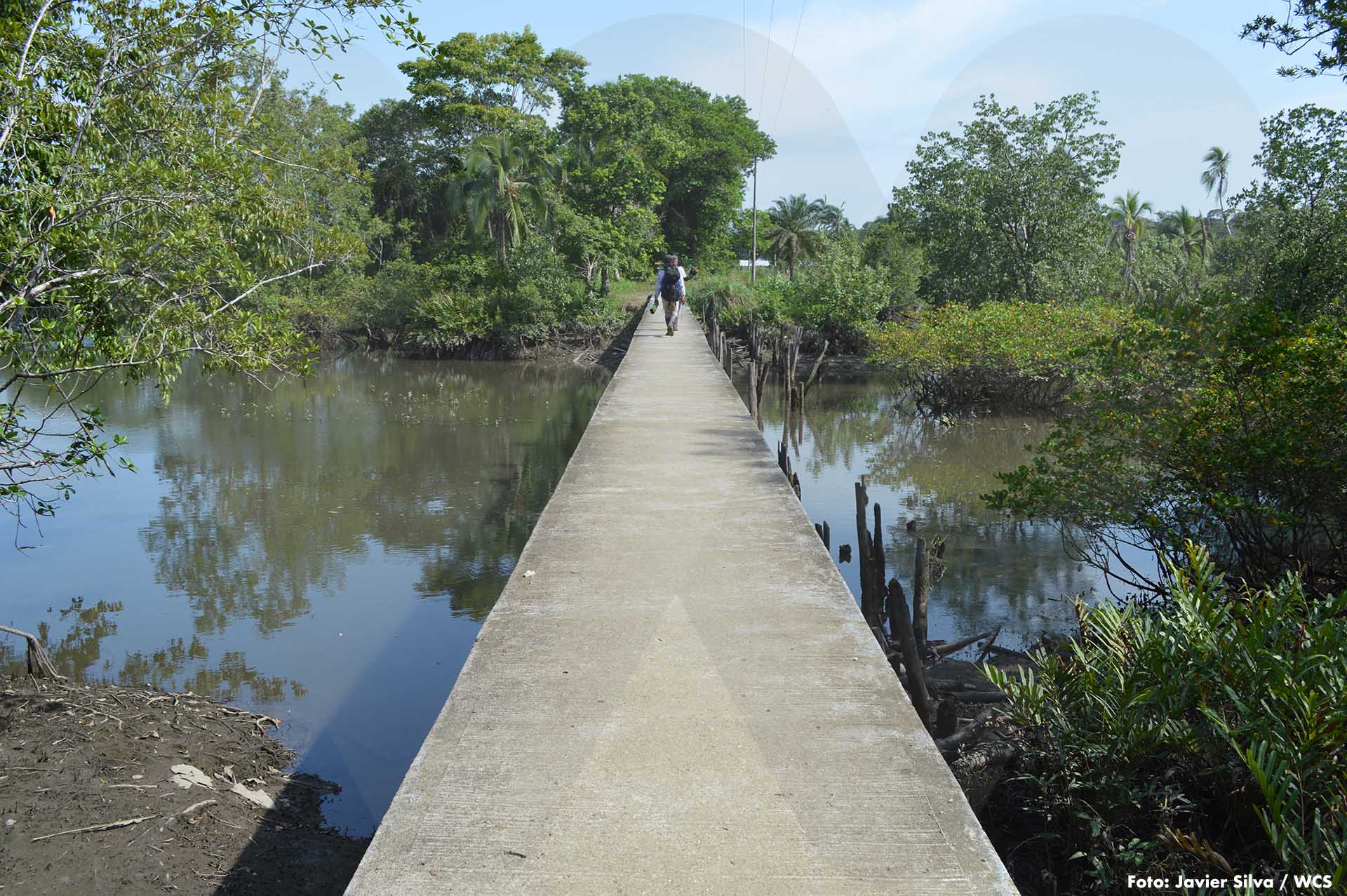With the ‘Encanto de los Manglares del Bajo Baudó’, communities bet on environmental and cultural sustainability

For some community leaders, the creation of this Integrated Management Regional District, besides being a bet for environmental protection, is a strategy for the inhabitants of Bajo Baudó (Chocó) to learn how to give their resources a sustainable use.
“Here we are gambling our future”, says Arcelio Mosquera, president of the Pavasa Community Council. “We either move forward or come to a standstill with all the riches in our hands; this is our bet for people to start seeing us as an outstanding scenario for the country”, he adds.
He says this when we ask him about the importance of the Integrated Management Regional District ‘El Encanto de los Manglares del Bajo Baudó’, created in the far West of Colombia, in the south-central region of Chocó, an exceptional conservation area in our geography where the unique value of nature is revealed with each step. Arcelio doesn’t talk for talking’s sake. His words summarize, with absolute forcefulness, a far-reaching event hidden behind this designation, a viewpoint perceived when the leaders of the other 9 Community Councils that supported it address their communities. It is clear that the protected area is not only a strategy for the protection of valuable natural resources. It has been transformed into a tool to empower its inhabitants in their interest to be prominent at a national level. With that objective, they seek to be regarded as actors who support the protection of this strategic zone.
Justified designation
The bet for the protection of this zone of Chocó, with its 314.562 hectares (equivalent to the surface of the Department of Atlántico), two thirds of which correspond to marine ecosystems, was consolidated in 2017. That year, the Board of Directors of the Regional Autonomous Corporation for the Sustainable Development of Chocó (Codechocó) declared the zone as an Integrated Management Regional District that is, in turn, the largest regional protected marine area designated to-date in the Colombian Pacific.
This was achieved with the support of the Community Councils and the work and motivation of WCS Colombia, MarViva, PLAN Internacional, CORPARIEN, WWF, Naturaleza Cultura Internacional and the Alexander Von Humboldt Institute, organizations and entities that have all also participated in the formulation of its management plan.

The justification for its designation did not leave space for discussion. The protected zone has long beaches where it is not mere chance to see the nesting of a marine turtle. The floodable mangrove forests amaze with their extension and enormous capacity to generate life. An estimated 26,000 hectares of this strategic ecosystem - the largest of its kind in Chocó and the second largest area in the country – emerge there. And best of all, it is the home of the ‘piangua’ (ark clam), a resource of vital importance for the regional food security that, additionally, empowers women in the communities.
In the jungles of this enormous scenario many birds are glimpsed and heard and it is normal to see them resting in the treetops or crossing estuaries. Jaguars and other mammals, such as deer, agoutis and pacas, live here, not to mention the staggering amount of fish that feed local inhabitants and are the base of their economy. Its beaches and sandbars act as natural barriers to mitigate high tides and restrain the possible excesses of the river currents. This region, with all its resources and advantages has an unrivalled potential.
This Integrated Management Regional District achieved its existence and consolidation with the support of the people with whom today the rules for its use and management are also discussed, especially in what refers to the sustainable use of natural resources and control measures to avoid their overexploitation.
“El Encanto de los Manglares del Bajo Baudó is not a purpose, it’s an opportunity to advance”, says Rubén Darío Hurtado, of the Concosta Community Council. “Here the possibility for the afro community of this part of the country to improve its relationship with the territory is at stake,” explains this leader.
And he says that because the inhabitants’ routine activities to obtain resources are beginning to have negative environmental effects that must be controlled as soon as possible. There is overfishing, logging of timber trees and, as a notorious practice in the villages, a disorderly handling of garbage. It is not strange to see plastic bags with waste being thrown into the sea.
Hunting without clear rules is also evident. In this region, large mammals, such as deer or peccaries, are hunted for their meat, while jaguars and snakes are not given a chance only because they inspire fear.
It is now rare to see some species of fish or they are scarce. “When I was a child, my father could fish 40 corvinas in one or two hours. Today that is impossible”, says Jason Córdoba, representative of the Cuevita Community Council. Iguanas have decreased and many other resources, like the ‘piangua’ (ark clam), have been affected because they are harvested without complying with the allowed sizes.
It is an unstable outlook, with progress and concerns.

“Many people are uneasy with the designation, because they think there will be prohibitions for the use of resources. But we are making an effort for these people to understand that this is not about prohibiting, but about regulating their use of the natural resources. Step by step, people will learn to know and value what we have”, says Rubén Hurtado.
Today, the protected area is being managed from a Management Board (administrative scheme) which includes Community Councils, the environmental and fishery authorities, as well as other authorities with a presence in the territory and with the mentioned NGOs and academia as support institutions.
WCS Colombia, in turn, is working on the formulation and implementation of a the Surveillance and Control Program for the Integrated Management Regional District, as well as on a participatory fishing monitoring of fish and piangua (ark clams) in the Concosta Community Council. Also, a participatory characterization of biodiversity elements (flora. mammals, birds, amphibians, reptiles, invertebrates) was developed last year, jointly with the Concosta Community Council and Codechocó (environmental authority).
But, beyond regulations, the consolidation of the Integrated Management Regional District as protected area will depend on the intentions of the community, a purpose that will certainly be noticed in the long term, as explained by Neyver Obando, coordinator of the Departmental System of Protected Areas of Chocó (SIDAP). For Neyver, one of the great achievements of this process was to have 10 Community Councils, with different points of view and priorities, agree to promote a same objective. “The impact is not yet seen because this is something new that we are only starting to construct. Step by step, people will understand it and value it as they realize its effectiveness as a strategy to assure their well-being”, adds Neyver.